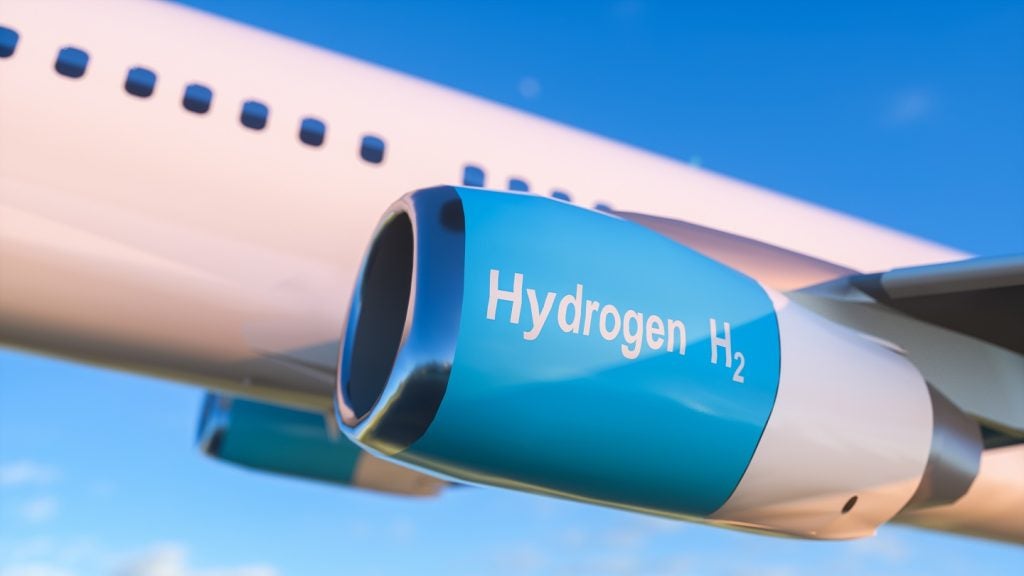However, the aviation sector only accounted for approximately 2% of the total human-induced carbon dioxide (CO₂) emissions in 2019, prior to the onset of the Covid-19 pandemic, according to the Air Transport Action Group. And of all transport operations, the aviation sector only accounted for 12% of CO₂ emissions in 2019. Comparatively, road transport accounted for 72% of transport’s CO₂ emissions. Worried that environmental concerns will lead to a fall in the number of passengers, some players in the industry are taking steps towards increasing the sustainability of their operations.
Flight shaming movement is gaining traction worldwide
From environmental activist Greta Thunberg’s 14-day boat trip from Sweden to New York, to the 7.2% YOY drop in the number of revenue-generating passenger kilometres flown from Sweden from 2018 to 2019, the flight-shaming movement is gaining traction. Aimed at leisure travellers and businesses alike, the movement highlights carbon emissions from the aviation industry and encourages others to opt for lower-carbon alternatives such as rail transport.
Aviation has defined clear, achievable targets to reduce burden on the environment
To mitigate against the loss of travellers, the aviation industry is working on quick, immediate carbon reduction programs, and investing in future technology. Targets set by industry bodies strive to fill the 17 Sustainable Development Goals set by the UN in 2015.
Industry targets include reducing net aviation emissions by 50% by 2050 from 2005 levels, offsetting growth in CO₂ emissions above 2019 levels, and committing airports to reach net-zero carbon emissions by 2050. Sustainability innovations such as electric, and hydrogen-powered aircraft, carbon offsetting schemes, green surcharges, and reducing aircraft seat weights, will help airlines and airports to reach their targets.
Leading airlines in sustainability include Air France, LATAM Airlines, ANA, and Aeroflot
As airlines and airports undergo intense scrutiny, GlobalData has identified the leaders and laggards in sustainability.
With comprehensive plans to become carbon neutral by 2050, to upgrade aircraft to the most efficient technology, sustainability leaders in the airline industry include Air France, ANA, LATAM, and Aeroflot. Contrastingly, three airlines have been identified as laggards: IndiGo, China Eastern Airlines, and China Southern Airlines. All three carriers show a lack of action. They should invest now, to improve their position and prevent falling behind others in the years to come.
How well do you really know your competitors?
Access the most comprehensive Company Profiles on the market, powered by GlobalData. Save hours of research. Gain competitive edge.

Thank you!
Your download email will arrive shortly
Not ready to buy yet? Download a free sample
We are confident about the unique quality of our Company Profiles. However, we want you to make the most beneficial decision for your business, so we offer a free sample that you can download by submitting the below form
By GlobalDataOn the other side of the industry, leading airports in sustainability are the Schipol Group, Dubai Airports, Aeorports de Paris, Malaysia Airports, and Sydney Airport. Notably, these airports are working in collaboration with all other stakeholders involved. The lagging airports in sustainability, Shanghai International Airport, and Guangzhou Baiyun International Airport should look at the actions that leaders are taking and adopt these measures to bolster their position.
Government investment will accelerate a more sustainable industry
Investment in improving environmental sustainability in the aviation industry will not be cheap, and industry bodies such as Airports Council International, believe that governments should provide the necessary support in this endeavour. With government funding, airlines, and airports can increase investment in green technologies and sustainable aviation fuel, helping to accelerate not only the aviation industry’s shift to become carbon neutral, but also to help countries reach their emissions targets. With Transport Day at COP26 aiming to galvanise action to decarbonise harder to abate forms of transport such as aviation, the International Aviation Climate Ambition Coalition talk should highlight the need for increased government investment and stakeholder collaboration.









Related Company Profiles
Airports Council International
ANA
China Southern Airlines Co Ltd
Aeroflot OAO
Indigo & Ltd